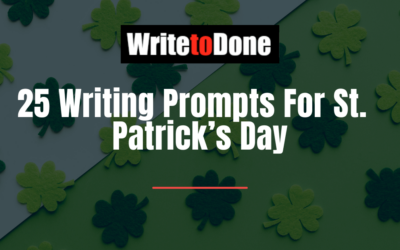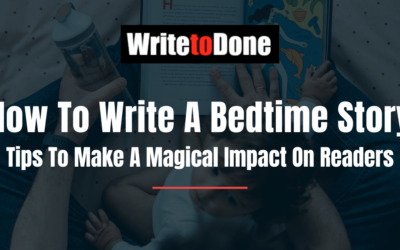I love reading.
But not just anything.
Some writers arrest me on the spot and shackle me to their page. But others fail to keep my attention: I soon start playing with the cat or surf off to other sites.
Our readers are exactly like that. Their attention is fickle and they will wander off if we don’t grab them with our words.
That’s why it’s important to seize them from the moment they hit the page and get them to read our stuff in one gulp. In the following five steps I’ll show you how to glue readers to your page, whether you’re writing a blog post, an article, or a book.
1. Sweep in; don’t creep in. Make an entry with your first paragraph and jump right to the core of your message. Return to your start as the final editing task. Hone those words.
2. Floor the accelerator. Pick up the pace and increase the flow of your text. If you are writing a short piece you can push the pace right to the end. In a chapter or a longer article, you need to let up the pace at times for readers to catch their breath. Here is how to step on the gas:
- Use short sentences;
- Use frequent paragraphing;
- Get rid of filler words;
- Use only one idea per paragraph.
See Jakob Nielsen’s bench-mark article How Users Read on the Web.
3. Use zesty language. Choose words that trigger emotions and tell a story for high impact writing.
Sol Stein’s book Stein on Writing contains great suggestions for juicing up language. I read his book a day before my Master’s dissertation was due and was so fired up that I stayed up all night to re-write it. Here is a clip of an ancient Zen story before and after that long night of the wild pen:
Before: Another monk wanted to learn the older man’s answer, and after trying to find out to no avail for three years, finally threatened him with a knife to make him tell.
After: A young disciple wanted to learn the monk’s answer, and—frustrated after badgering him for three years—finally bailed up the old man with a knife to make him tell all.
4. Liposuction flab. Superfluous words and phrases slow the pace and weaken the reader’s attention. The following actions ensure a sleek text:
- Scratch all adjectives and adverbs. Then reinstate only those few that are essential; (that’s a suggestion from Sol on Writing)
- Cull all phrases that double up on what you said before;
- Eliminate fillers such as: to sum up; I believe; note that; it has become clear; I would like to point out, and so on. Jesse Hines says on his blog Vigorous Writing: ‘When you catch yourself describing what you’re about to say, cut the filler and just say it.’
5. Inject color. People are stirred by images and emotions, not by thoughts. ‘Show, not tell!’ is the catchcry of fiction writers. But non-fiction writers must also take this to heart. If we transform ideas into images, readers sit up and take notice.
Here is an interesting use of colorful writing: Blog writer Skellie suggests that we ‘write dirty’ and ‘leave a big, colorful, human smudge on our words’.
‘Human smudge’ – that a wonderful expression!
These five simple steps show that everyone can learn to write with more juice and zest. Using juicy language will not only excite your readers, it will also fire up your own passion for writing.
The best time to explore juicy writing is … write now!
















